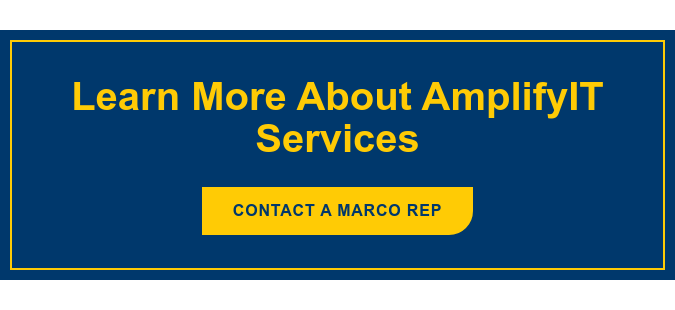As the number of business applications moving to cloud-based platforms continues to increase, so does the need for an effective management system for these line of business applications. And the majority of organizations look to their internal IT staff for this management. However, their attention is often pulled in a different direction: end-user support. This isn’t to say end-user support is unimportant – in fact, it’s essential. What I am saying is that having internal IT staff provide end-user support is an increasingly inefficient business strategy.
While there’s no doubt internal IT staff are capable of managing line of business applications, is it the best use of their time?
Strategic IT Resources
 Adopting a strategic approach for your IT resources can be the key to enabling business growth. Managing and supporting line of business (LOB) applications is an essential component for today’s businesses to grow. But when internal IT staff are spending the majority of their workable hours solving end-user issues and supporting horizontal technologies, they lose the ability to focus on initiatives that enable business growth.
Adopting a strategic approach for your IT resources can be the key to enabling business growth. Managing and supporting line of business (LOB) applications is an essential component for today’s businesses to grow. But when internal IT staff are spending the majority of their workable hours solving end-user issues and supporting horizontal technologies, they lose the ability to focus on initiatives that enable business growth.
Business technology capable of supporting your organization as it grows already exists, but that doesn’t mean your internal IT staff has the available resources to implement these technologies. Basically, when IT resources are dedicated to supporting end users, they’re not identifying and adopting business technologies that can help you grow.
Affordable Business Growth
As today’s businesses are realizing how inefficient their current model is, they’re searching for ways to outsource end-user support. And when these general IT tasks are handled by an outside provider, internal IT staff have the opportunity to focus their time and energy on initiatives that’ll move their organization forward.
With growing demand for the outsourced IT model, lots of vendors are offering this service. This market competition makes it even more important to focus not only on what services are offered but how the services are broken out and delivered. For outsourced IT, there are two popular pricing models:
- Pricing per user
- Pricing per device
With pricing per device, it can be difficult to effectively budget for growth. There’s no telling how many devices you’ll need in the future to support your business, especially when you consider the Internet of Things. Plus, the device pricing model can muddy the waters of what is and isn’t covered under your service contract.
Alternatively, pricing per user keeps things simple. All you need to know is how many employees you have and how many employees you plan to have in order to project how your pricing will change alongside your business growth. By knowing how much it costs to support a single user, it’s simple math to figure out how much adding ten users will affect your budget.

